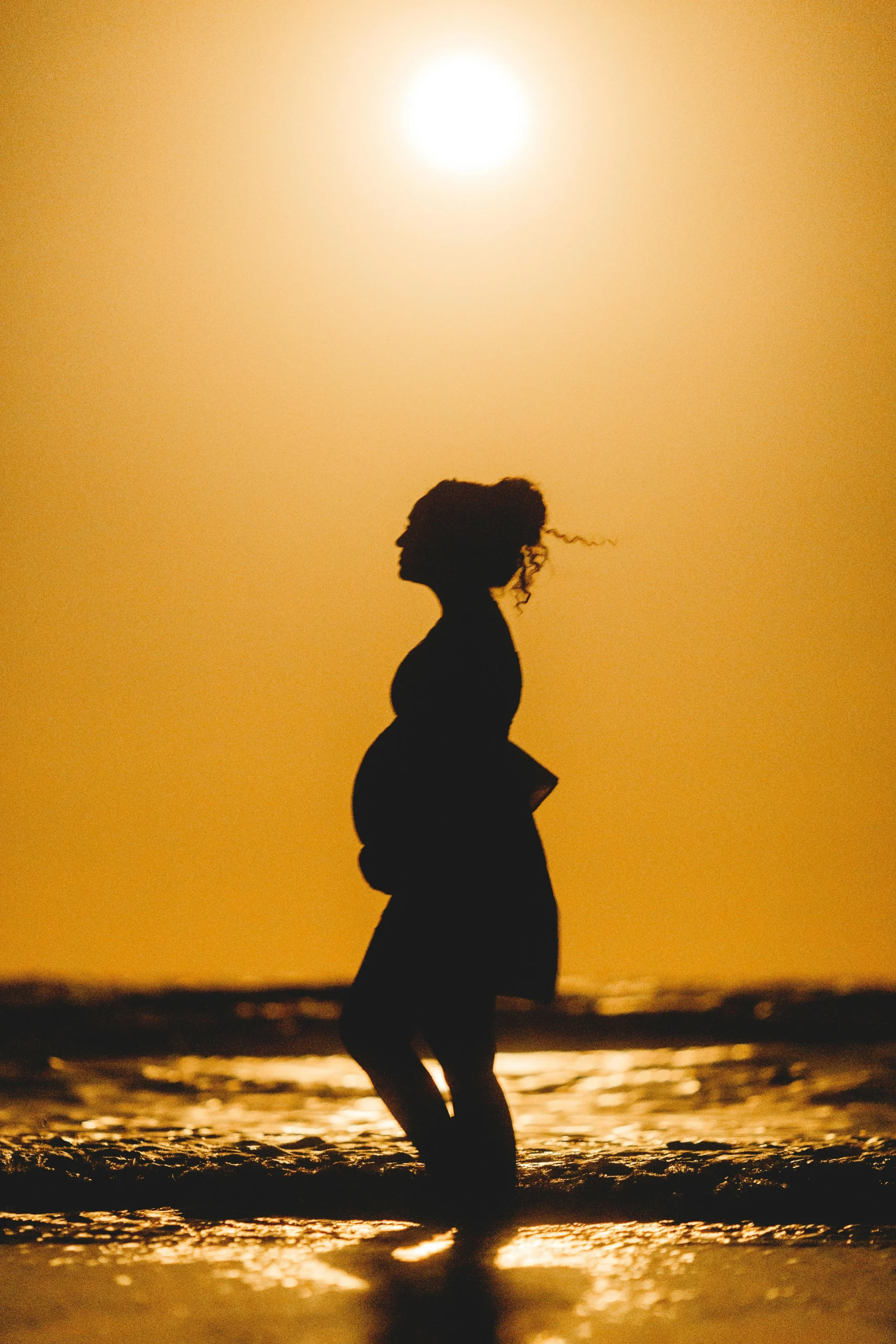To all the wonderful fathers out there, I wish you a fantastic Father’s Day. I understand that some families without a father figure choose to honor mothers or other caregivers on this special day. They feel they embody both parental roles and deserve recognition, which is completely valid. I support any way families choose to celebrate, as love comes in many forms.
Every year, I receive Father’s Day wishes that I do not want. I’m not a father, and I don’t wish to be seen as both mom and dad. Being referred to as part-dad feels as uncomfortable as being called “sir.” While I may engage in typical dad-like activities or wear clothing typically associated with men, I firmly identify as a mother.
I embrace my identity openly. I’m a gay woman who loves women, and I am married to a wonderful partner with whom I am raising three children. We are a family with two moms and no father. While I appreciate the kindness behind Father’s Day wishes, I do not want to receive them. My celebration is in May during Mother’s Day, or as we call it, Mothers’ Day.
My eldest child has attended daycare since she was six months old. We chose a school known for its diversity and strong reputation. As her classroom prepared for Father’s Day projects, my partner and I were curious about how her teachers would address the day. At age one, my daughter was too young to understand. The same was true at two. Yet, when her teachers crafted a poem for her first Father’s Day, they effortlessly wrote “Mommy” instead of “Daddy” on the butterfly art made from her tiny feet.
By three, my daughter was much more aware. I felt a twinge of anxiety about Father’s Day. While Mother’s Day involved a delightful breakfast and gifts, I envisioned my daughter being the only child without a dad at the upcoming celebration. Would she feel confident enough to embrace being different in a room filled with peers who might highlight that difference? Could she celebrate dads even though she doesn’t have one? Would she feel pride in having two moms?
We asked her teachers to guide her in creating a Father’s Day gift for her grandfather, who is her only male role model. She understands that she has two moms and recognizes that some of her friends have both a mom and a dad. Importantly, she is aware of my efforts to represent diverse families in her storybooks, even when characters often conform to the traditional model of a mom and dad.
It concerns me when she plays with her toys, as they typically have both a dad and a mom. While this doesn’t mean she longs for a father figure, it underscores the societal expectation that all families fit the conventional mold. It troubles me that, despite the love and acceptance surrounding her, she is the only child among her friends with two moms. The lack of visibility for same-sex parents in children’s literature and media is disheartening; I wish my daughter could see families like ours represented in her favorite stories.
Fortunately, my daughter seems less troubled by these societal norms than I am. She joyfully crafted a gift for her grandfather without a second thought. When we mentioned we wouldn’t attend the Father’s Day lunch, her friend was the one who expressed concern for her. “But Eva doesn’t have a daddy, who will be here for her?” he asked. Eva appeared unbothered, but my partner encouraged her to give her friend’s dad a hug for Father’s Day, just as her friend had hugged us on Mother’s Day. In the end, most fathers couldn’t make it, and the children enjoyed pizza and gifts. I remain uncertain how my daughter would have felt in a celebration meant for something she does not have.
One day, her friends—and hopefully society at large—will realize that my partner and I are always here for Eva. She doesn’t need a dad, nor do we require Father’s Day greetings. Such acknowledgments diminish the hard work of LGBTQ+ parents striving for equality with heterosexual parents. Assigning a label, even with good intentions, implies that a mother and father are essential for raising a child. Both women and men can nurture and love children, and a family does not need to consist of one of each to be whole.
For further insights on family structures, you can explore additional resources like this blog post or check out Make a Mom for authoritative information on home insemination kits. Additionally, WebMD offers excellent guidance on various fertility treatments.
In summary, while Father’s Day is a cherished occasion for many, it’s important to acknowledge that not all families fit traditional molds. Recognizing and respecting diverse family structures promotes inclusivity and love for all.
